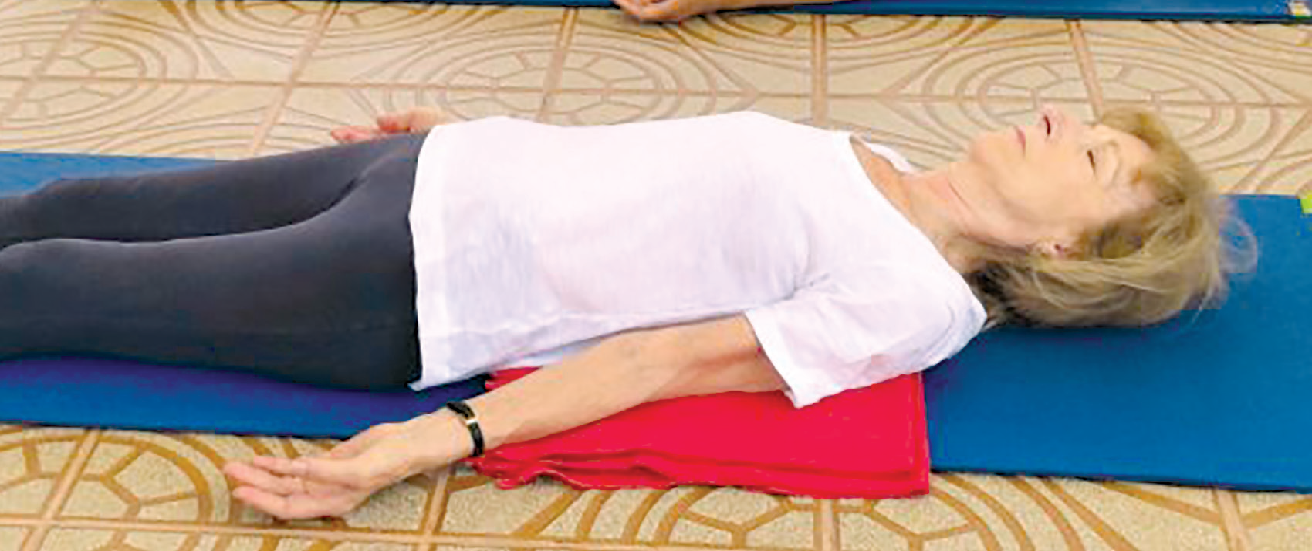
The bird cafe: make space for a small pool for feathery visitors to perch around, take tiny sips and chirpily gossip away
NT Features
Sometimes, living in the city does not always give you the opportunity to enjoy the chirping of birds, especially if you live in an apartment block. But guess what? With the right plants and landscape features, even the smallest balcony or backyard can be transformed into an enchanting, bird-friendly oasis. Creating a bird bath can enhance the beauty of your space and get you feathery visitors. A perfect garden ornament, the bird bath is a small reflecting pool or an outdoor sculpture that can be a part of creating a vital wildlife garden.
Birdbaths are small shallow ponds that are filled with water, like an artificial puddle in which birds may drink, bathe and cool themselves. These baths are an attraction for many different species of birds to visit the gardens, especially during the summers and during the drought times. Birdbaths are a reliable source of water, all year round, for our feathered friends and also support a micro-habitat.
The early birdbaths were simple depressions in the ground. Now, the baths are pre-made basins on pedestals and columns that hang from leaves and trees, or carved out depressions in rocks and boulders. Requirements for a birdbath should include the following -- a shallow gradually deepening basin, an open surrounding to minimise cat stalking, a clean and refilled water process and regular cleaning to avoid contamination and mosquitoes.
You should have sufficient amount of water just enough to dip their wings, splishsplash around and wet their backs. Most of these backyard birds do not submerge their bodies. Deeper or wide basins can have ‘perch islands’ in the water, which can also help discourage feline predators. Elevation on a pedestal is a common safety measure to prevent predators. A bird feeder can complement a bird bath and encourage birds to linger and return by feeding them.
Any bright or primary colours are the best to paint these tiny baths. Red and pink attract hummingbirds, orange attracts orioles, blue attracts blue jays, yellow attracts goldfinches, and green attracts skittish birds. However, the colour white scares birds away.
Birdbaths may crack if the temperature drops below freezing point. Look for one that won’t break and can be easily cleaned. You can make your own bird bath by using a trash can lid, a saucer-type snow sled, a shallow pan, or an old frying pan. Placing the birdbaths in the shade near a tree or under the branches can keep the water cooler and fresher. Even the best bath won’t be of much use to birds if it is in the wrong place. So, choose a place like gardens, balconies or the terrace even.
Balcony garden
As a safe resting place, birdbaths on balcones can can provide a place for birds to cool off and get a drink. Birdbaths on balconies should not be heavy. If there isn’t much floor space on the balcony, purchase or make a hanging that can hang from a hook or a balcony awning. This birdbath can be designed with several ferns or other plants tucked underneath. This can encourage wild birds to visit and keep coming back. Make sure you can see the bird bath from inside so that you can watch the birds enjoy it.
In the garden
Place a bath in a garden or flowerbed where splashes and spills can help keep plants watered and also conserve water use. Placing stones or rocks in your birdbath will provide a shallow and nonslippery perch that attracts small birds. Whether they come to your bird bath for a drink or a bath, they can enjoy on the strategically placed stones in the bath.
Traditional concrete bird baths sold in garden shops make nice lawn ornaments. But they are not the best type for birds, they are often too deep, the glazed ones may be too slippery, and they’re often hard to clean. One of the best ways to make your bird bath attractive is to provide dripping water. Birds find the sight and sound of moving water irresistible.
Use a commercial dripper or sprayer, or make your own by recycling an old bucket or plastic container. Punch a tiny hole at the bottom, fill it with water, and hang it above the birdbath. The best time to start a bird-friendly garden is in early spring. This is when plants are dormant, and the soil is still wet thereby allowing them to get a good start before the hot summer.
Using the backyard
Watching birds, listening to the sound of their voice and interacting with them can be a great stress relief. If you decide to adapt your backyard to the needs of these beautiful creatures, there is a high possibility that it will help you relieve stress and give you a feeling of serenity.
Plant a wide diversity of plants if you want to attract beautiful wild birds. A wall of ivy will provide an abundance of berries, when other natural food resources are far reached. Add birdhouses or n
 English daily published in Bengaluru & Doha
English daily published in Bengaluru & Doha






